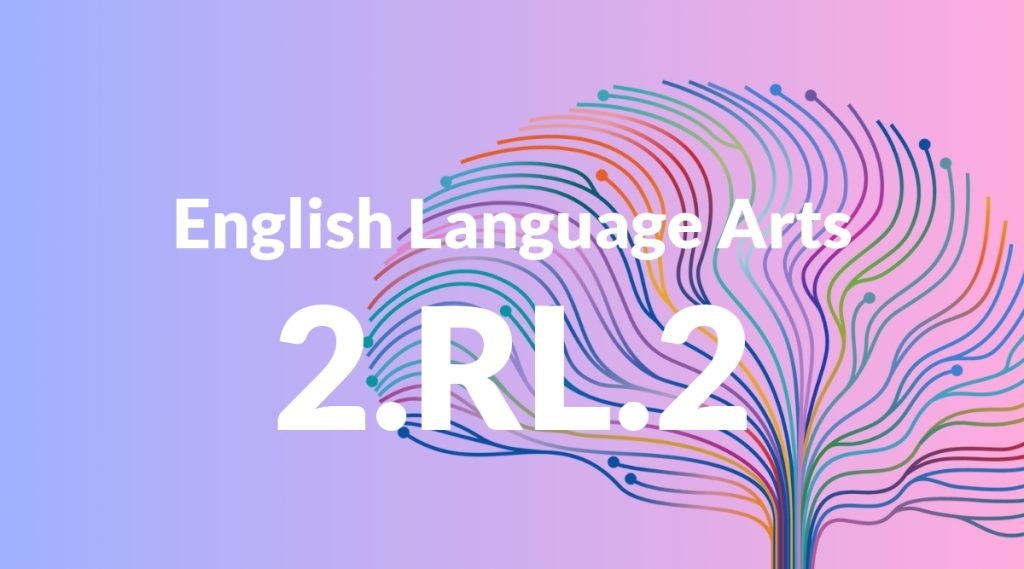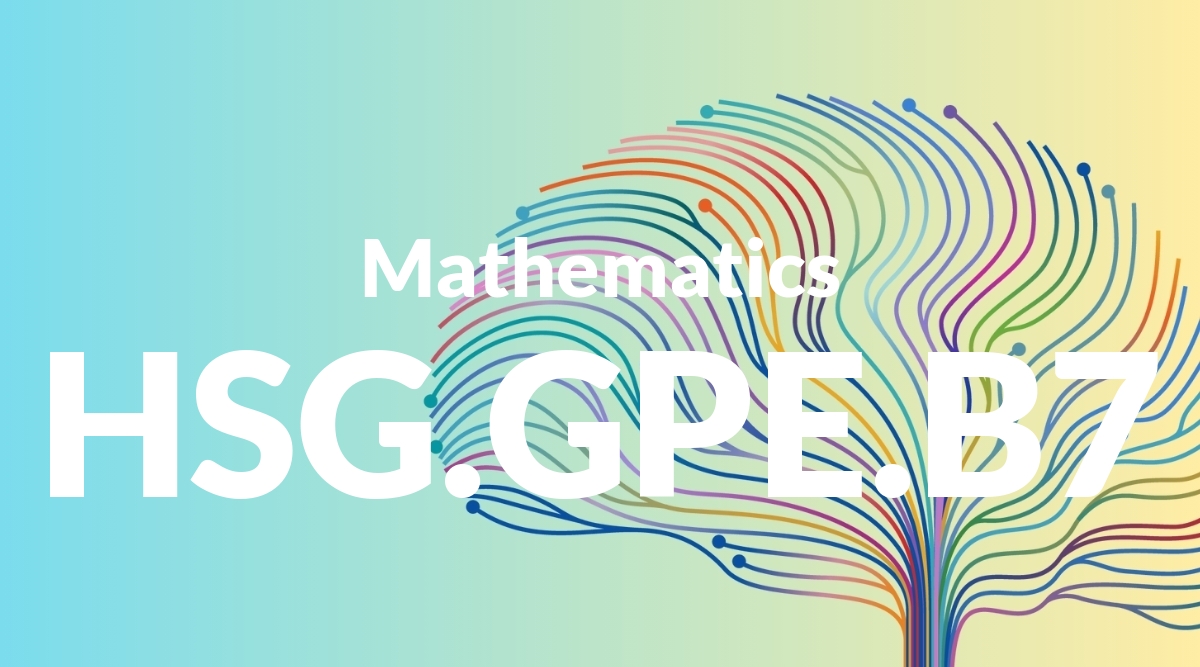Standard: 2.RL.2 – Recount stories, including fables and folktales from diverse cultures, and determine their central message, lesson, or moral.
Grade level: Grade 2
Subject: English Language Arts
Domain: Reading: Literature
Teacher Overview
This standard focuses on helping students recount stories, including fables and folktales from diverse cultures, and determine their central message, lesson, or moral. It is important because it builds critical thinking and comprehension skills, enabling students to understand the deeper meanings behind stories. Before tackling this standard, students should be able to identify basic story elements like characters, setting, and plot, and have some experience with listening to and discussing simple stories.
After mastering this standard, students will be able to analyze more complex narratives, identify themes, and compare and contrast different types of literature.
Common Misconception 1
A common misconception is that the central message of a story is always explicitly stated. This is incorrect because many stories convey their messages through the actions and outcomes of the characters, which requires students to infer the message.
Intervention 1
To remediate this misconception, use guided reading sessions where students practice inferring the message by analyzing character actions and story outcomes.
Common Misconception 2
Another misconception is that all stories have a single, clear-cut moral. This is incorrect because stories can have multiple interpretations, and different readers may derive different messages based on their perspectives.
Intervention 2
Encourage discussions that explore multiple interpretations of a story and emphasize how different perspectives can lead to different messages.
Prerequisite Knowledge
Students should be familiar with basic story elements such as characters, setting, and plot. They should also have experience listening to and discussing simple stories.
Subsequent Knowledge
Students will develop the ability to analyze more complex narratives, identify themes, and compare and contrast different types of literature.
Instructional Activities
- Read and discuss fables and folktales from various cultures.
- Create story maps to outline the characters, setting, and plot.
- Have students write a short paragraph explaining the central message of a story.
- Organize group discussions to explore different interpretations of a story’s message.




